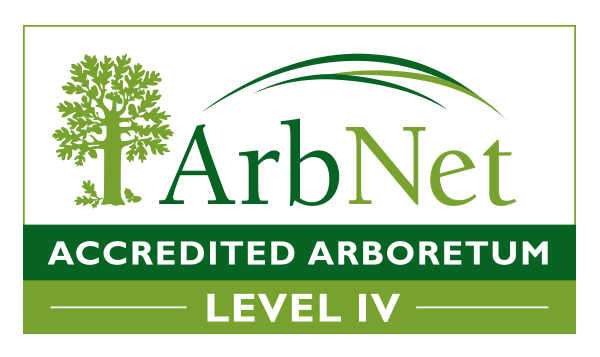The chemical in question, juglone, is mostly produced in the roots (which spread a distance equal to the height of most trees) and works as a germination inhibitor. Combined with shade, the juglone can make vegetable gardening quite difficult without imported soil in raised beds and without full sun. There are many native plants that will grow under black walnut and you can create what I call an Aviary with many fruit producing plants such as red elderberry, raspberries, bittersweet, virginia creeper, pawpaw, nanyberry and woodland plants such as baneberry, jack in the pulpit and false Solomon's seal.
Information
Connect With Us
University of Guelph Arboretum
College Ave East
Guelph ON, Canada, N1G 2W1
arbor@uoguelph.ca
(519) 824-4120 ext. 52113
43°32'39.06"N, 80°12'57.78"W
The land where The Arboretum now grows has been home to plants and animals for thousands of years. It was home to Indigenous peoples before settlers arrived. We recognize the Dish with One Spoon territory, the treaty lands of the Mississaugas of the Credit, and the Between the Lakes Treaty 3 lands on which the University of Guelph and The Arboretum now sit. We are honoured to work on and care for this land.

